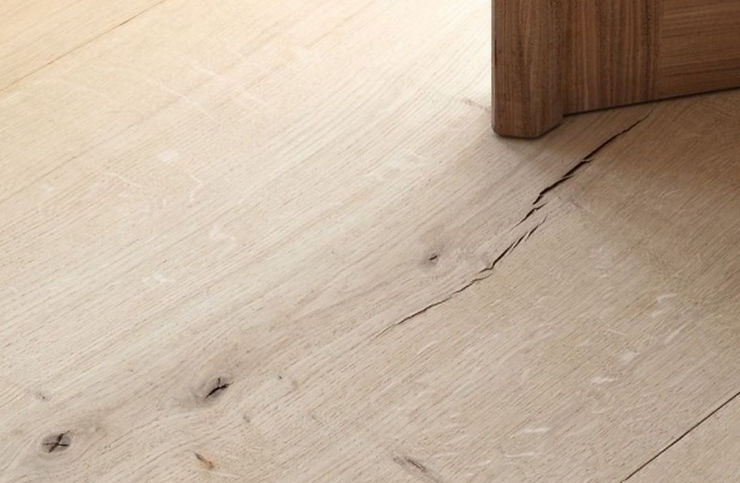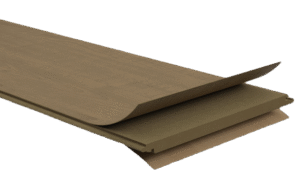Understanding Grade Differences in Wood Flooring

Hardwood grading is a scale of the characteristics and appearance of wood products, classifying the wood based on factors such as grain patterns, color, and natural characteristics, such as cracks and knots. While the grading system is not standardized across the industry, Higher grades often feature uniform color, character, and consistent grain patterns for a clean and more refined look. Lower grades will have greater variations in color, grain pattern, and character.
The most common grades are Select (or Prime), Natural (Character), and Rustic, and while the grades differ in pricing and appeal, no grade is more durable than the others.
Select or Prime Grade
Select or Prime Grade hardwood is characterized by a uniform appearance with minimal color variations, consistent grain patterns, and limited knots with no cracks. Prime B material may have a few small knots up to .75” in diameter. This grade is ideal for modern and contemporary designs, with an emphasis on minimalism.
Natural Grade
Characterized by moderate color variation, Natural Grade materials contain small knots (less than 2” in diameter) and some smaller cracks. Where fill is required, the color of the filler is carefully selected to complement the wood rather than match it exactly. The overall appearance of the wood may be less uniform when compared to Prime Grade wood, but is still consistently appealing to those seeking a “natural” look to their floors.
Rustic Grade
Rustic Grade wood often features more color variations, prominent grain patterns, and knots larger than 2” in diameter. Fillers are selected to enhance the natural beauty of the wood. This grade is popular for those seeking more casual and less uniform aesthetics, where the character of the wood can add to the design.
Factors Influencing Differences in Wood Flooring Grades
Room size can influence hardwood flooring grade choice in several ways. In larger rooms, higher-grade hardwood with fewer imperfections can create a more polished and uniform look. In smaller rooms, the knots and wood graining can add warmth and charm without overwhelming the space. The width of the planks selected can also influence the openness and expansiveness of the room.
The finish color can also significantly impact the choice of wood grade. Lighter finishes may suit a more refined look, as they tend to highlight imperfections less than darker ones, whereas darker finishes may enhance the appearance of natural markings.
As a truly customizable engineered hardwood flooring collection born from the finest wood sources in Europe, Haute Plank proudly offers a comprehensive selection of hardwood flooring options and the expertise to help you choose the perfect product for your design. Contact us today!






